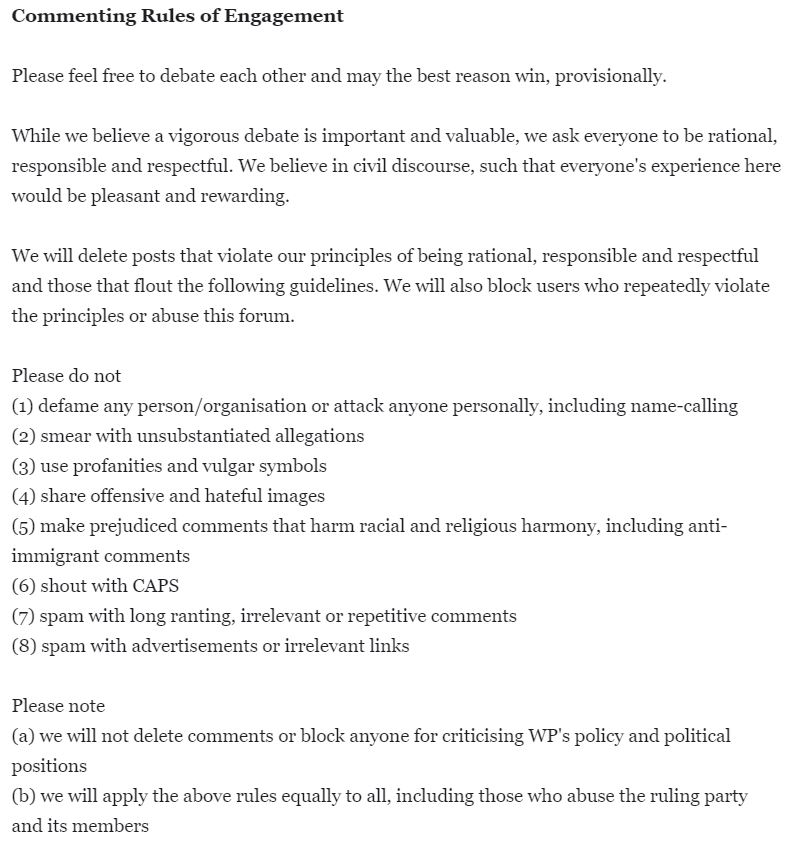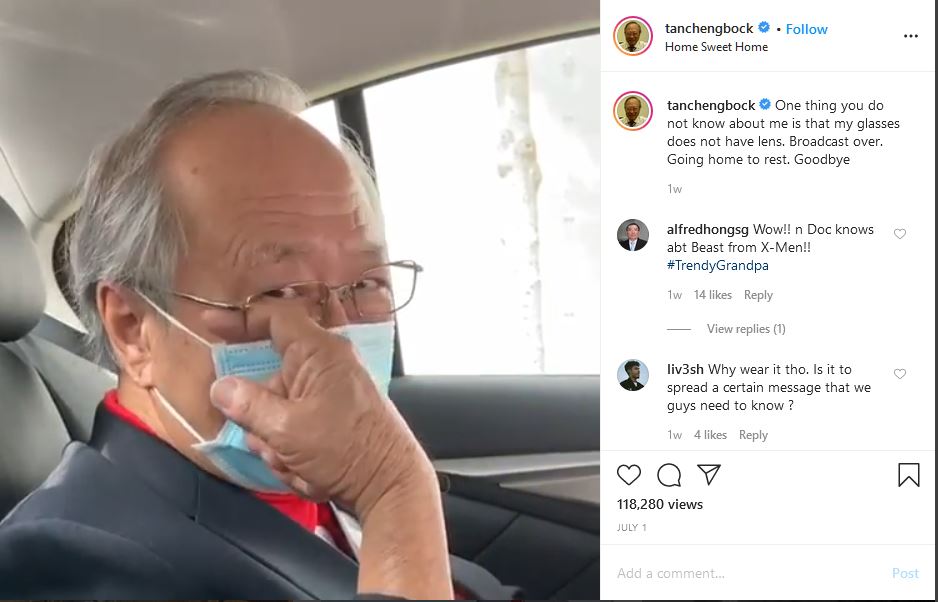
Congratulations to the People’s Action Party (PAP) and Worker’s Party (WP)!
Both political parties emerged winners in the recent General Elections in Singapore, held amidst the ongoing Covid-19 crisis and labelled as the pandemic elections.
On Polling Day, the PAP won a super majority with 61.24 percent of the popular vote. This allowed the ruling party to claim 83 out of 89 seats across 29 constituencies and to form the government of the day.
The Worker’s Party claimed not just one but two GRCs (Group Representation Constituencies)—Aljunied and Sengkang—while retaining its Hougang Single Member Constituency (SMC) stronghold. WP did so despite a police report made over online comments made by Sengkang candidate and activist Ms Raeesah Khan.
Other opposition parties, like the Progress Singapore Party (PSP) led by former Ayer Rajah stalwart Dr Tan Cheng Bock, and Singapore Democratic Party (SDP) led by longtime political activitist Dr Chee Soon Juan, did respectably. As the top opposition loser, PSP could appoint two Non Constituency Members of Parliament (NCMP) to represent their interests in Singapore’s Parliament.
What differentiated GE 2020 from other elections, however, is the overwhelming role which social media played in the hustings.
Here, we’re talking specifically about Facebook, Instagram, YouTube, Twitter and (to a lesser extent) LinkedIn, as well as Instant Messaging platforms like WhatsApp, Telegram, WeChat and Facebook Messenger.
With the restrictions imposed by social distancing, physical rallies were forbidden. Beyond door-to-door visits, almost everything we’ve learned about the political parties and their candidates came from mainstream media as well as online sources.
In this article, we will cover the social media marketing strategies used by the different political parties and candidates, and how we can apply them to our brands and businesses.
#1 Tell Authentic and Emotive Stories
Ahh…. storytelling! That’s probably the most vital ingredient in any form of social media outreach.
On social media platforms like Facebook, Instagram, YouTube and Twitter, the best stories are presented in videos. These capture the nuances of candidates—their tone of voice, facial expressions, body language, and emotions—while leading the viewers through a carefully scripted narrative.
The Worker’s Party has done pretty well here. Their videos profiling candidates are heartfelt, human, yet winsome. Here’s an example featuring the husband and wife couple Terence Tan and He Ting Ru.
https://www.facebook.com/watch/?v=321971562298343
#2 Demonstrate Empathy
As I’ve previously written, empathy is that magic sauce which instantly wins you fans (and voters). It is demonstrated in both the large and small things which you do, say, write about, or share during the campaign, captured and immortalised on social media channels.
Empathy can be evoked when you narrate your story. Describe how you struggle with the same issues and challenges as your audience, but provide a plan to resolve them.
Here, photos like these from photographer Edwin Koo perfectly captures how uber-popular East Coast GRC candidate Nicole Seah exhibits empathy through her interactions with children during her walkabout.

Courtesy of Nicole Seah Facebook
#3 Capture Photos (and Videos) that Paint a Thousand Words
Sometimes, it is the littlest things that demonstrate your sincerity to voters. Candidates across the different parties have made good use of features like Instagram and Facebook stories, as well as nicely composed photographs to resonate with their electorate.
Here’s one featuring MacPherson’s highly popular Member of Parliament (MP) Tin Pei Ling, a spontaneously shot Facebook Live video.
https://www.facebook.com/watch/?v=606155466998957
#4 Listen and Respond to Your Audience’s Concerns
Being receptive to what your community says is important. Doing so helps you to build bridges with them on social media platforms, while endearing you to new fans.
Here’s a good example from Senior Minister Tharman Shanmugaratnam where he specifically addressed the myths concerning Singapore’s productivity, and the advantage of a Progressive Wage versus a Minimum Wage model.
#5 Keep Your Messages Short and Simple
In the online world, your audience is likely to be easily distracted by what’s happening around him or her. Trying to pack too many messages into a Facebook post or an Instagram story could be a recipe for failure.
To get your campaign manifesto across, consider making your messages short, easy to comprehend, and succinct. Use words that are easy to understand and avoid hyperbole.
The Singapore Democratic Party’s (SDP) 4 Y and 1 N slogan made it easily remembered by voters. This has been communicated consistently across its Facebook page. (While the SDP did not win the elections, they did close ranks with their PAP opponents in the ballot boxes.)

#6 Avoid Attacking Others—Take the High Road
Michelle Obama famously said: “When they go low, we go high” during the Democratic National Convention.
These words exemplify the ethos of positive online behaviours, and they apply equally to the world of politics and commerce.
Sadly, GE2020 was marred by numerous incidents of cyberbullying and mob justice, with police reports made for virtually every little thing under the Sun.
I like how the Worker’s Party refrained from using their online platforms as bully pulpits. They focused primarily on the issues that their constituents face, and did not tear down the proposals of other political parties.
What you may not know is that their Facebook Page has carefully set the rules of engagement as shown here. This helps ensure that conversations and discussions remain civil in the heat of the hustings.

#7 Embrace the Lingua Franca of Your Audience
Mirroring is a term used in social psychology whereby you emulate how your target audiences think, feel and behave.
In GE2020, we’ve seen how that has been used by the Progress Singapore Party’s (PSP) leader Dr Tan Cheng Bock to reach out to the young. He even earned himself the moniker of “Hypebeast Ah Gong” on Instagram and beyond.
He has gained such media mileage that even the Hypebeast website featured the inimitable 80-year-old politician.

Courtesy of Dr Tan Cheng Bock Instagram
#8 Be Authentic and Transparent
The two qualities which social media audiences value are authenticity and transparency. This may sometimes mean coming clean about you do, and being open and honest about your past.
Throughout the campaign period, we’ve seen how candidates who owned up to their past indiscretions endeared themselves to the public. On the flip side, those who tried to ignore their past (or defended themselves) faced strong a public backlash.
I like how our Prime Minister Lee Hsien Loong wrapped up GE2020 by openly admitting about the shortcomings of the hustings, while also giving praise where its due. He was also respectful about the feelings of both the winners and losers in the elections, while adopting a conciliatory gesture with the Worker’s Party.
#9 Make it Personal and Relevant
When drawing examples of how your proposal can help your target audience, it is useful to show some skin in the game. This may mean letting your audience know that you’re also one of them (remember empathy above?) and hence you can connect with their concerns.
The Worker’s Party candidates for Sengkang GRC demonstrated this quality in spades during their constituency political broadcast as shown below. By letting the viewer know that they’re also young parents, He Ting Ru and her team made their proposals resonate with their audience. And yes, it is also a masterful example of storytelling.
#10 Build Your Corporate and Personal Brand
Finally, and perhaps most importantly, you’ll need to work on building your brand.
What we’ve seen in the elections is that both your corporate brand and your personal brand matters. Having one without the other could jeopardize the effectiveness of your campaigns—be they marketing or political in nature.
In GE2020, we’ve seen how the two main political parties—PAP and WP—garnered all the elected candidates from the hustings. Both parties have been around for decades, and their candidates worked hard in walking the ground.
While other parties have achieved respectable outcomes (most notably PSP and SDP), their relatively weaker organisational brands probably influenced how Singaporeans voted.
Conclusion
To me, Singapore’s General Elections in 2020 is one that is predicated very much on social media.
Thanks to the influence of social media platforms like Facebook, Instagram, YouTube and Twitter, voters of all generations—but particularly the young—made their voices heard. While candidates who walked the ground certainly did well, those who were better able to master the art and science of social media influence seemed to do better than their less social media savvy counterparts.
What are your thoughts on this? Do you agree (or more importantly disagree) with the points I’ve raised?
I’d love to read your comments!
